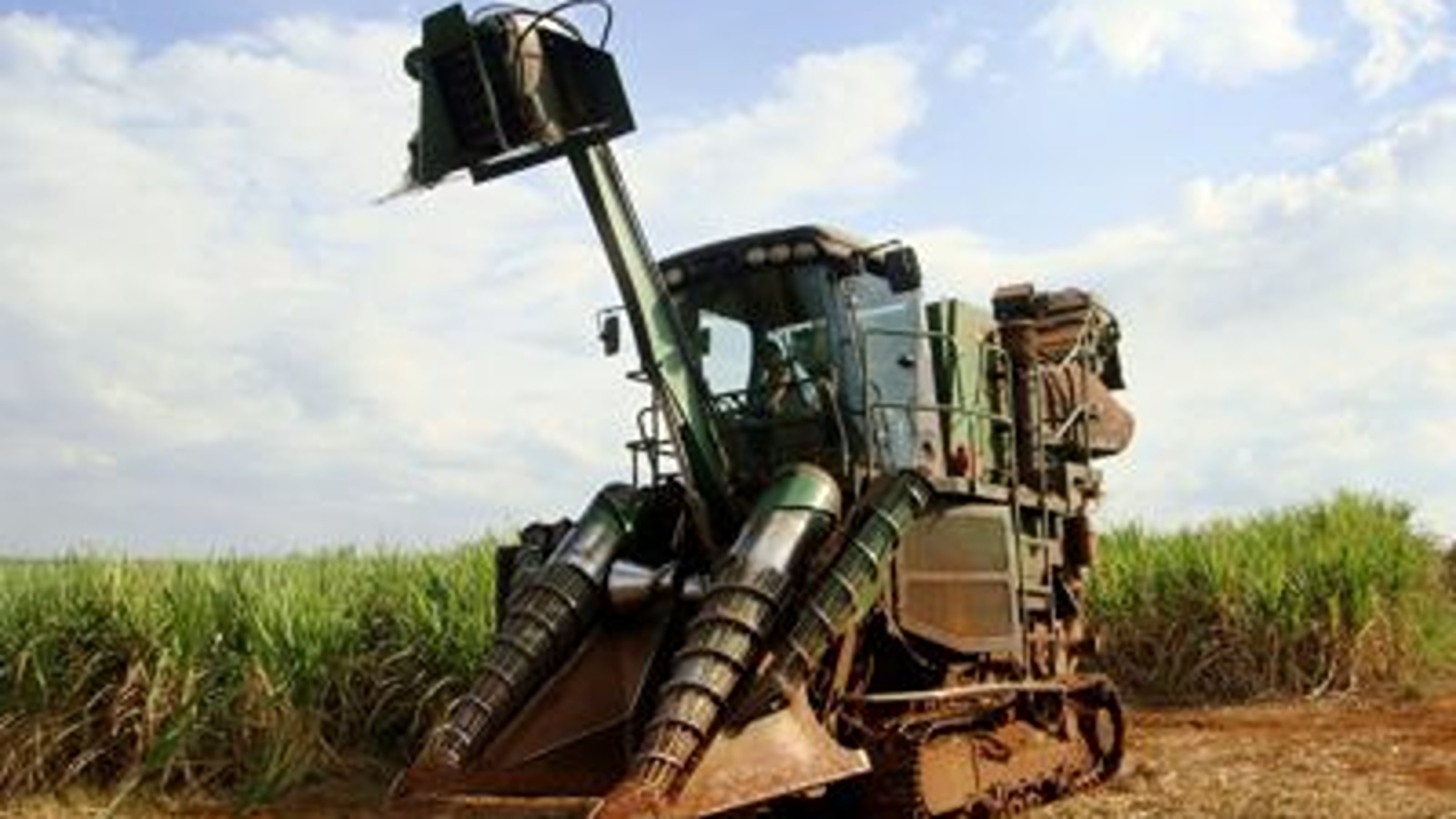Pre Start Plus rebranded to Ideagen Asset Guard
Ideagen Plant Assessor is pleased to announce the rebrand of its flagship pre-start app, Pre Start Plus, to Asset Guard. This rebrand aligns with...
|
|
Machinery Pre Starts
|
|
|
Risk Management &
|
|
|
Document Management
|
|
|
Dashboards & Reporting
|
|
|
Machinery Risk Assessments
|
|
|
Service & Maintenance
|
|
|
Safe Operating Procedures
|
|
|
MySite
|
|
|
View All Features |
Case Studies
Hear from our clients
Events
Find us at industry events
Guides
Find industry-specific guides
Learn
Educational content
News & Articles
Industry news and articles
Safety Legislation
We keep up with safety legislation
so you don't have to
Videos
Find overviews and informative
videos here
Webinars
View upcoming and on-demand webinars
Promotions
See our current promotions
FAQ
All of our frequently asked questions
Help Centre
How to use our software
View a Demo
Let us walk you through Ideagen Plant Assessor features
Release Centre
Product updates and release information

It’s no secret that rural workplaces pose high risks for both employees and employers. Recent figures released by Safe Work Australia in their 21019 Work-related Traumatic Injury Fatalities, Australia report show that the agriculture, forestry and fishing industry, with 30 fatalities, was the second highest in terms of overall fatalities in 2019. (Transport, postal and warehousing accounted for the highest with 58 fatalities and construction was the third highest with 26).
With sobering figures like this, following correct procedures when servicing and maintaining rural plant should always be a high priority. This issue has recently come to the fore once again following a fatal incident on a North Queensland sugar cane farm that has resulted in a $150,000 fine for the business owner.
What happened?
The incident, which occurred in 2017, involved three workers including the company director. While harvesting cane, a vehicle developed a hydraulic line leak. Believing it was a hose that needed tightening, the director instructed the driver to fix the fitting. The man did the repair alone, but around 20 minutes later, another colleague discovered the driver had been crushed to death between the haul-out vehicle and a stationary bulk fuel trailer.
What went wrong?
Although the company had a system in place for field repairs such as this – whereby one of its mechanics would be called in to do such a job – on this occasion, the process wasn’t followed. According to findings, the director believed it was an ‘easy fix’ that could be carried out by the driver. Further evidence indicated the driver had attempted to fix the problem without turning off the machine first.
It was revealed that the company directors, one of which has diesel mechanic qualifications, had previously told the driver not to work on a machine when it was operating. This instruction however, had not been given to the driver on the day of the incident.
How could it have been prevented?
According to the operator manual for the vehicle and the Rural Plant Code of Practice 2004, the company should have banned workers doing field repairs single-handedly to protect staff.
In addition to strictly following plant servicing protocols, carrying out regular safety and servicing checks of plant and machinery would also reduce the likelihood of such incidents occurring.
For more information on this incident, please visit WorkSafe.
It could happen to anyone
Unfortunately, here is another example of a life lost too soon due to poor plant safety practices. In this particular incident the company had sound protocols in place, but as we have regrettably seen too many times, it only takes one slip up to have life-altering consequences.
As the figures show, when it comes to rural plant extra precautions must be taken in all circumstances, even those that seem low risk. There can be no shortcuts when it comes to workplace safety, but this doesn’t mean it has to be an overly time-consuming or complicated process.
How confident are you in your safety management systems? Take the test & find out.
Since 2004, Plant Assessor has been helping people take control of their safety systems relating to plant and machinery.
We have an easy to use self-diagnostic tool, Machinery safety systems health check, designed to help people who use plant and machinery understand how solid their safety systems are.
We urge you to take the test and get a better understanding of your system’s health before it’s too late.
Don’t become another statistic
At Plant Assessor, we are committed to helping people get machinery safety right. If you would like some help with your system diagnosis or any other plant and machinery safety concerns, contact us, and our team of experts will be in touch to help.
Disclaimer: This information is intended to provide general information on the subject matter. This is not intended as legal or expert advice for your specific situation. You should seek professional advice before acting or relying on the content of this information.

Ideagen Plant Assessor is pleased to announce the rebrand of its flagship pre-start app, Pre Start Plus, to Asset Guard. This rebrand aligns with...
.png)
Many businesses operating machinery still rely on traditional paper pre start books for daily machinery checks. While these booklets serve their...

A concrete company based in Melbourne has been convicted and fined $30,000 after an incident involving a concrete pump resulted in a worker’s hand...